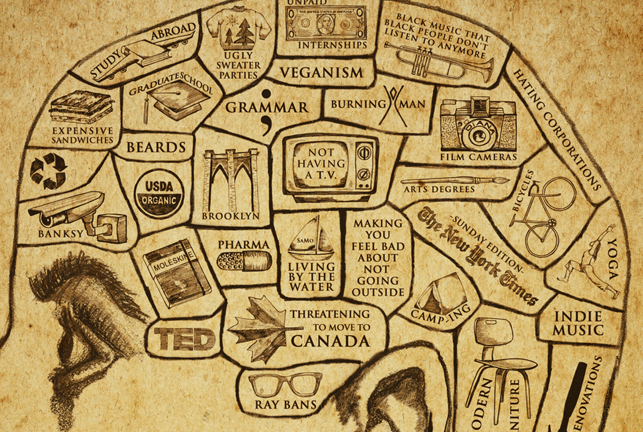
For years recruiters have complained that it is too difficult to measure soft skills and they were right – it has been difficult. Not any more though. Technology has made it much easier, enabling organisations to gain very accurate, detailed and meaningful data on candidates’ soft skills.
An analytical approach to soft skills
That data can analyse candidate responses and give recruiters a really good picture of their personality traits, from how they interact with others to how good they are at problem solving, at conflict resolution, at organising themselves…you name it, it can be measured. Data analytics has transformed all aspects of business life and is critically important in measuring soft skills.
In our next post in this series we will discuss people analytics in greater detail and how organisations can now measure soft skills. At softfactors we have tests that measure competencies in key areas. These tests demonstrate clearly and concisely what soft skills are needed for particular roles, what soft skills candidates possess and how those two match up. Or not.
Barriers to measuring soft skills
For now, in this post, we are looking at what those assessment barriers were and what challenges needed to be overcome in order to provide results that could be relied upon to make good decisions.
Firstly, the real bugbear for many recruiters was that the results were only as good as candidate’s answers. Good answers rely on a high level of self-awareness and self-awareness is not something that everyone either possesses or values.
Scoring self-awareness
Let’s give an example of how self-awareness is important when measuring soft skills. Say a candidate is asked to give themselves a rating against this statement: ‘I can work with someone who has different opinions than mine’, based on a score of 1-5. Someone who lacks self-awareness may give themselves a high score, when in fact the reality should be a low score.
They might think they are an excellent team player who communicates well, is approachable and listens effectively, but do their colleagues? Will their future colleagues?
Stretching the truth
However lack of self-awareness is only one half of the problem. For some honesty is a dispensable commodity in the recruitment process and people will massage the truth in order to give what they think is the desired answer. After all, when someone is applying for a job that they really want, they strive to present themselves in the best possible light. In this situation, who in their right mind would admit that their management style is autocratic or that they are a nitpicker who finds it hard to delegate?
The credibility problem
This lack of accuracy and reliable data has deterred many people from measuring soft skills. Sometimes people see themselves in a particular way, or sometimes they wish they had different characteristics or they think that answering a question in a certain way will give them a better result so they tweak the information. It was all about self description, rather than the actual tests that we have now.
It’s this perceived lack of accuracy and credibility that led to personality tests falling out of favour in the 1960s. Psychologists said they could not be relied upon to give good results. Personality tests started creeping back in the 1990s and even more so in the early 2000s, when online testing came on the scene.
Personality testing
Modern day personality testing actually dates back to the early 1900s. The first modern test was one used by the US military in 1919 to weed out recruits who they thought might be susceptible to shell shock.
Personality testing goes back even further than then though. It has its origins in the 18th and 19thcenturies, when the thinking was that personality could be assessed by phrenology (the measurement of the human skull) and a person’s appearance. Neither measurements would be appropriate today of course!
Recruiters 10-20 years ago weren’t necessarily measuring the right things either.
They were overly focused on what hard skills candidates displayed, with soft skills analysis being an afterthought.
Job specifications were drawn up that focused on the technical skills required, with little attention paid to which soft skills were necessary. Likewise, the hiring criteria emphasised technical skills. And if you don’t know which skills you are really looking for or why, it makes it very difficult to measure them effectively.
Not so any more. Everyone is paying a lot more attention to candidates’ soft skills now. Data analytics has a huge role to play here and organisations that ignore it, do so at their peril.
